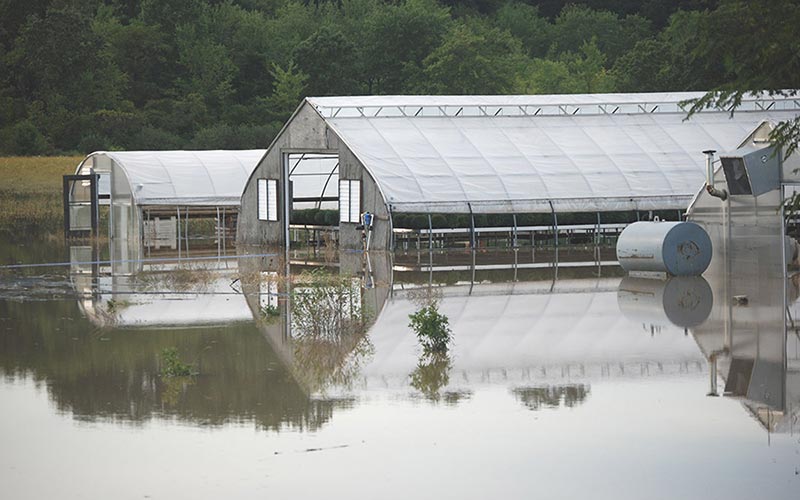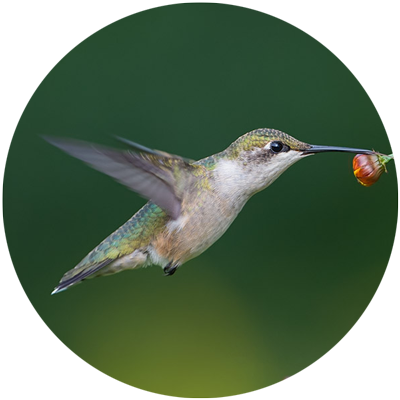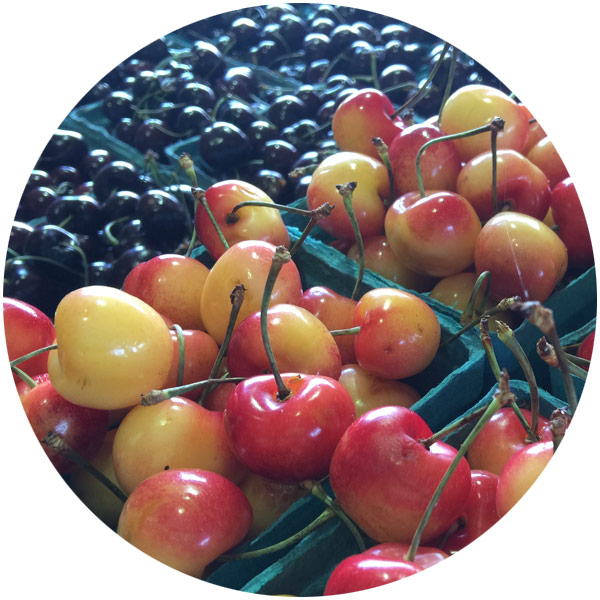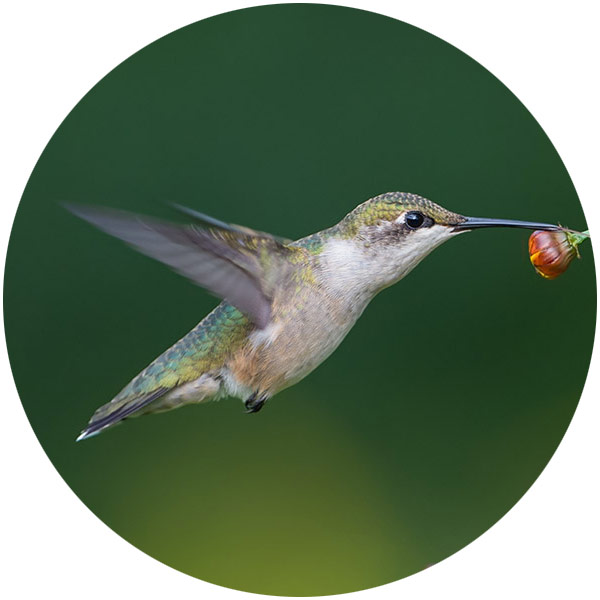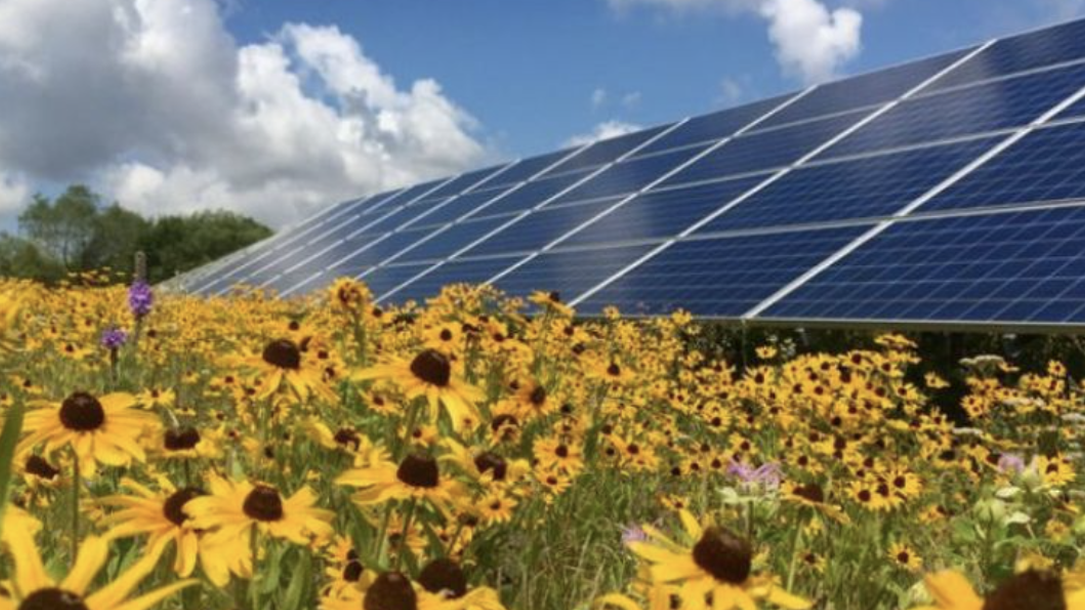
The science of solar-pollinator habitat: a fact sheet
Land trusts and community groups can help their communities understand how the design, implementation, and management of solar fields can work to enhance biodiversity and pollinators as well as farming and ranching. In this case, a recent fact sheet by the AgriSolar Clearinghouse provides useful information share.
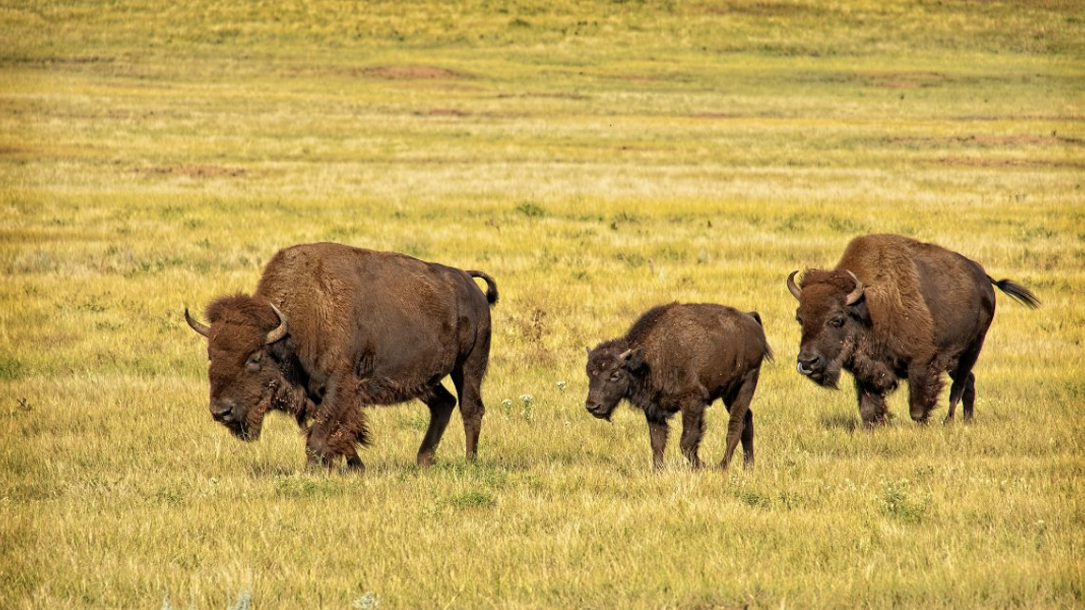
Climate change threatens the Great Plains, but bison may hold a key to resilience
“The 8,600-acre Konza Prairie Biological Station where Kansas State conducts its bison research lies in the Flint Hills, North America’s biggest remaining stretch of tallgrass prairie.
Once one of North America’s major ecosystems — covering large swaths of the Great Plains from what is today central Texas to south-central Canada — settlers and their descendants destroyed more than 95% of the continent’s tallgrass prairie for cropland and other development. Tallgrass in the Flint Hills escaped the plow only because the region’s shallow soil and rocky layers made farming less practicable there…
Bison act and eat differently than cattle do, though biologists say not all the differences are clear yet. Few studies compare these two bovine herbivores side by side.
Still, a few differences jump out. The bigger species not only eats more grass, it also spends less time along streams than cattle do and more time on hilltops…”
Cattle may not boost plant biodiversity on the prairie as much as bison do, but The Nature Conservancy thinks it’s possible to manage them in ways that support healthier grassland.
They are working with a Flint Hills cattle rancher near Strong City in Kansas, along with Kansas State scientists, to see how fitting a herd with GPS collars might help….
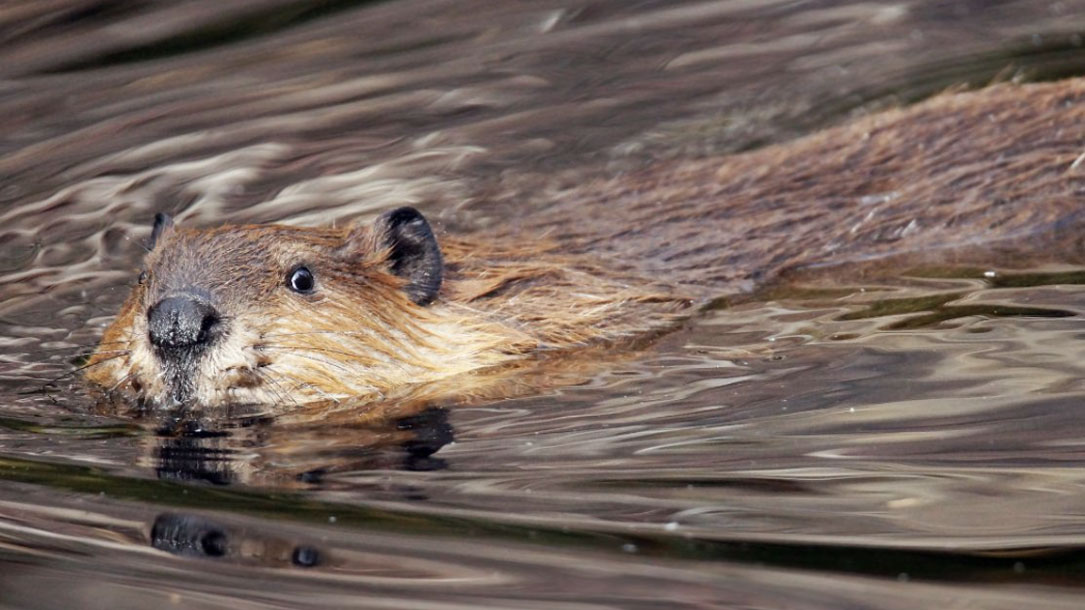
Saving Our Swamps [Letter in the New Yorker Magazine]
Here you will find a short letter submitted by the land trust’s executive director, under the heading “Letters respond to Annie Proulx’s piece about swamps” (and beavers as part of the climate solution):
The dewatering of North America that Proulx describes was underway well before the nineteenth century, when westward expansionists began cutting down forests and farmers began draining and tilling fields. By the time those people were “reclaiming” land for their use, fur traders had been wreaking havoc on our wetlands for almost two hundred years, through the commodification of beavers…
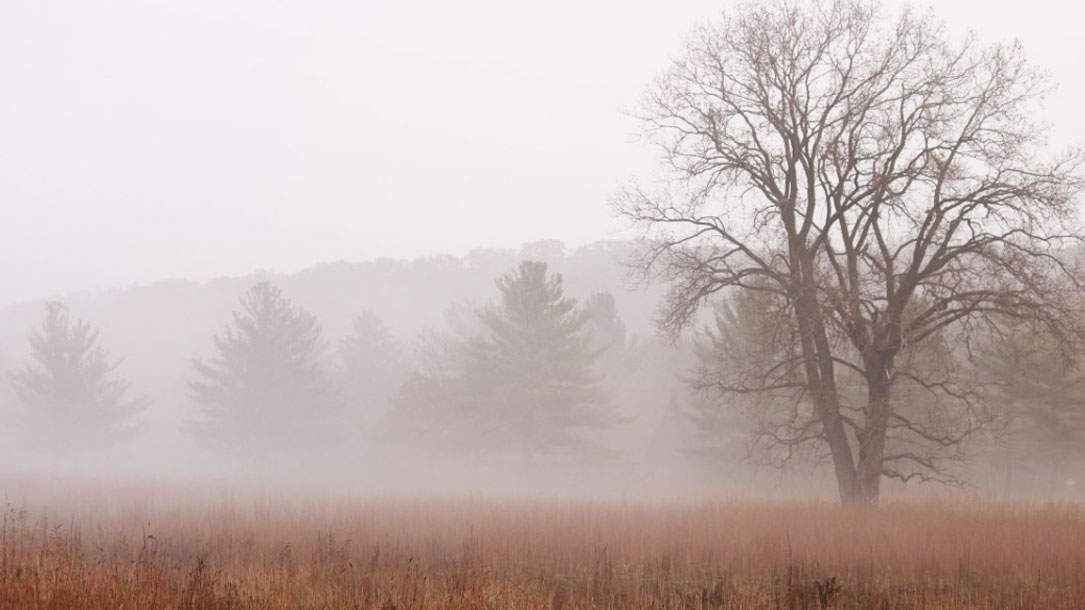
Assisted migration
Trees are adapted to specific combinations of environmental and climatic conditions that allow them to grow, thrive, and reproduce. Climate change is already altering conditions across the planet, and changes are expected to continue in the decades to come. The rapid pace of climate change may exceed the ability of many species to adapt in place or migrate to suitable habitats, and this fundamental mismatch raises the possibility of extinction or local extirpation. Assisted migration, human-assisted movement of species in response to climate change, is one management option that is available to address this challenge. This topic page will examine some of the scientific background and management considerations related to assisted migration, focused primarily on tree species.

